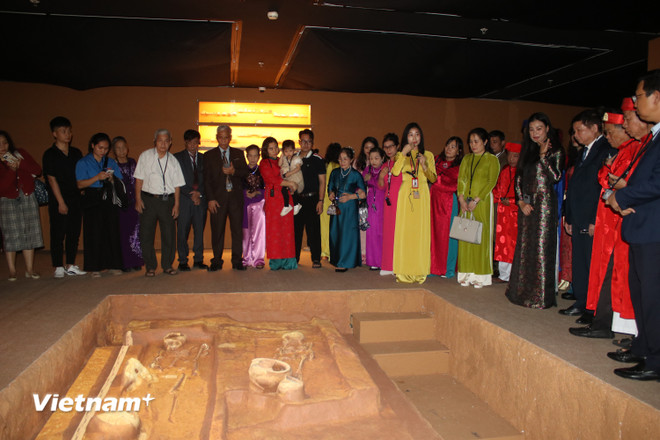
From November 9, the Hanoi Museum will host a special exhibition titled “Archaeological Discoveries from the Banana Garden.” Artifacts from many periods from Phung Nguyen to Dong Son reveal the life of ancient Vietnamese people and affirm the historical and cultural value of this relic.
The exhibition brings nearly 1,000 documents, artifacts, images and maps simulating artifacts and daily life of the residents of the ancient village of Vuon Chuoi. The 750m2 space is divided into 5 parts: Journey of discovery, Convergence and crystallization of cultures, Protection and promotion of the heritage value of Vuon Chuoi relic site, Scientists associated with Vuon Chuoi and Experience corner of being an archaeologist.
For visitors who want to do more research, the museum is selling the publication “Discovering Vuon Chuoi (Hanoi) through the excavation season of 2024-2025.” The book introduces the journey of exploring the relic, explains the artifacts and the vitality of the Vuon Chuoi archaeological heritage in contemporary life.
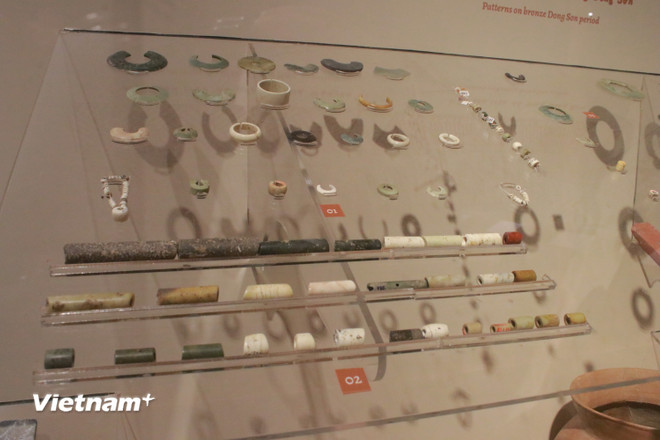
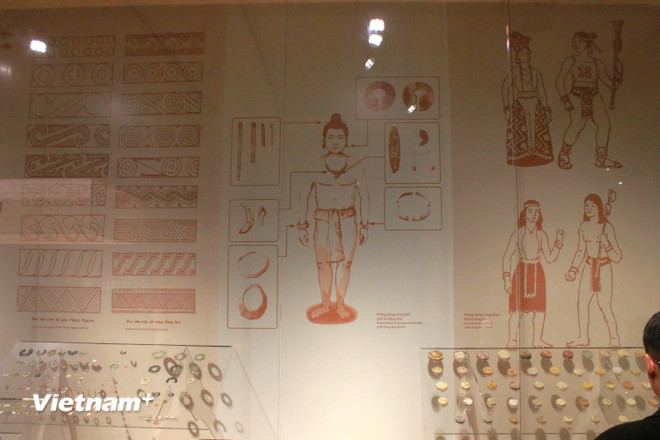
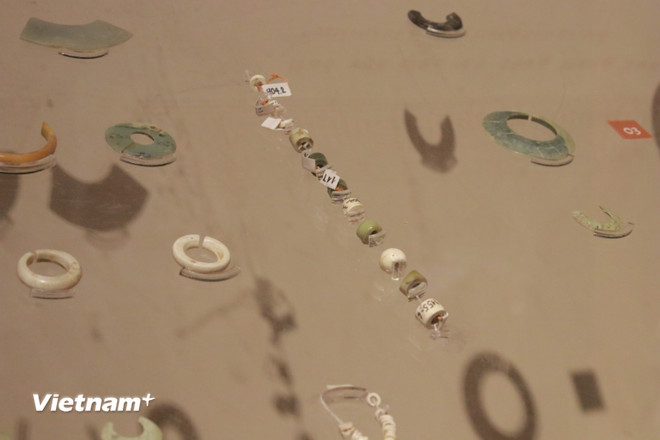
Some of the most prominent artifacts include a jade axe made of green jade - a symbol of the power of the leader, a burial object in a tomb from the Pre-Dong Son period about 3,500 years ago; a phoenix-shaped object; a jade collection including jewelry, bracelets, earrings, necklaces or objects symbolizing the power of the leader class (nha chuong, pointed objects...
On the same day of the exhibition opening, the Vuon Chuoi site was awarded a certificate of city-level relic. The Vuon Chuoi site in Lai Xa village, Hoai Duc is a typical archaeological site of the Bronze Age of the land that is now the capital of Hanoi and Northern Vietnam.
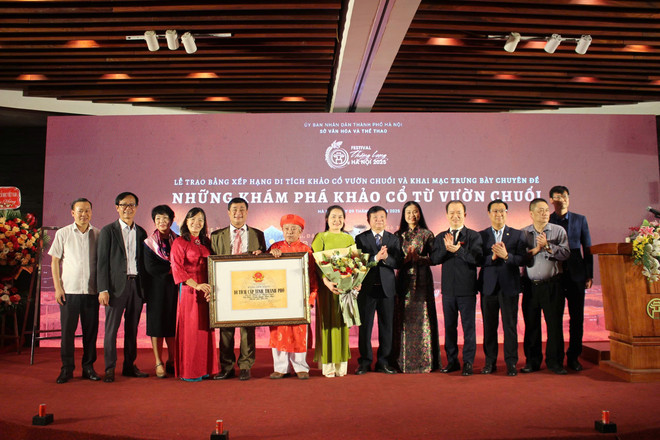
Research results show that this place used to be an ancient village that developed continuously, nearly 4,000 years ago, spanning the Phung Nguyen, Dong Dau, Go Mun and Dong Son cultures. With such importance, the Vuon Chuoi relic has been excavated 11 times since its discovery in 1969, covering a total area of 7,555 square meters.
The most recent is the western excavation, lasting from March 2024 to March 2025 on a particularly large area - 6,000m2. The excavation has basically revealed the distribution space, important traces related to the residential area, traces of daily life, workshops for making stone, bronze, pottery, tombs with burial customs...
Accordingly, the relics reveal many symbols of high power, ritual objects, community strength, matriarchal society, architecture and living space of ancient Vietnamese people. The documents also confirm the presence of an organized society with a relatively high level of division of labor.
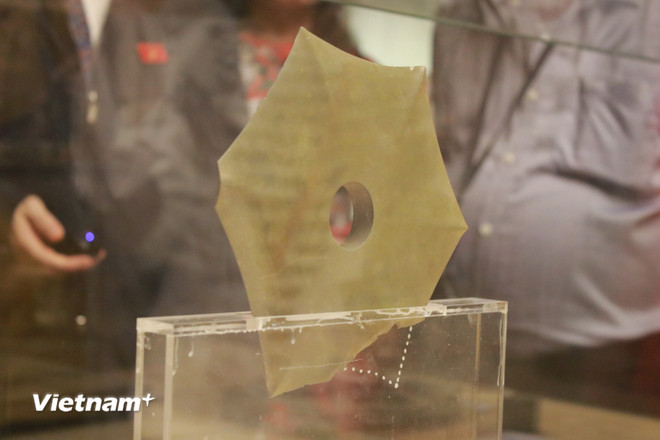
Researchers commented: "Vuon Chuoi is a typical representative of a village bearing the mark of wet rice farming residents, who came to explore, occupy and dominate the Red River Delta nearly 4,000 years ago, creating the premise for the formation of the early State of the ancient Vietnamese people."
With such value, scientists call for the formation of a heritage park model or an outdoor archaeological museum, both to promote the historical-cultural and tourism values for the locality, and to protect the archaeological site from the risk of being leveled for personal gain, avoiding waste when its value is not fully exploited.
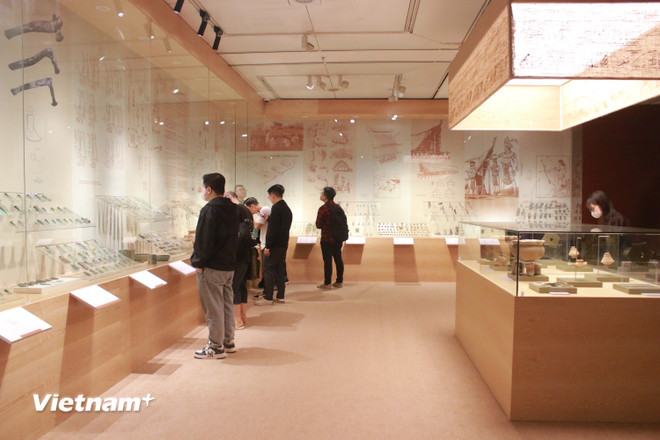
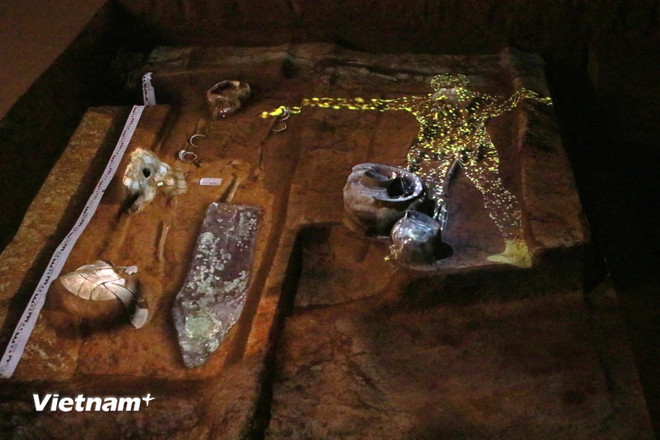
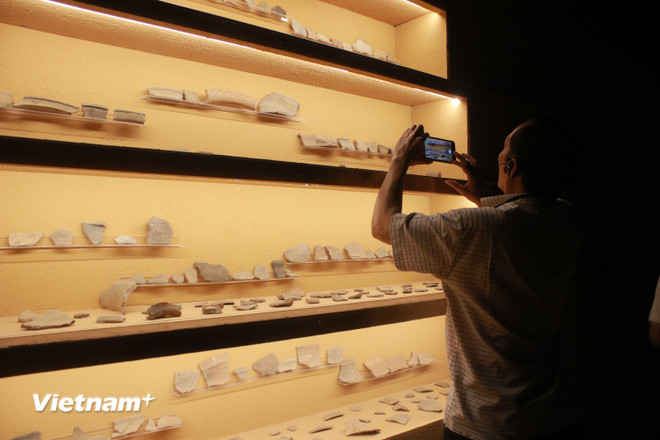
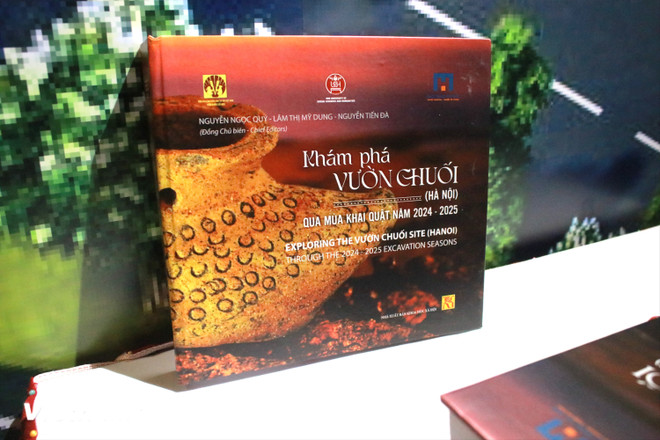
Source: https://www.vietnamplus.vn/can-canh-trang-suc-do-dong-da-quy-hiem-hang-nghin-nam-tuoi-cua-nguoi-viet-co-post1075979.vnp








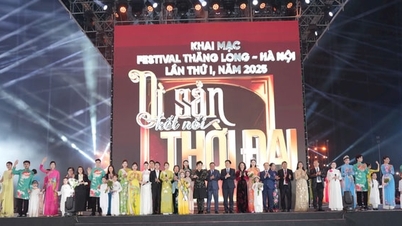

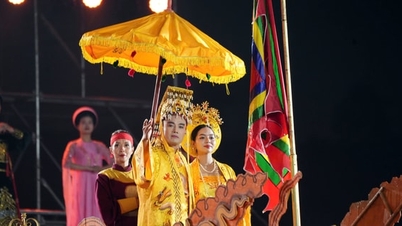




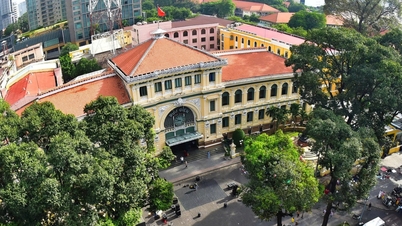



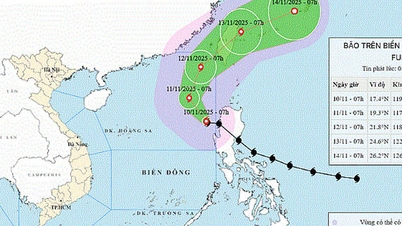




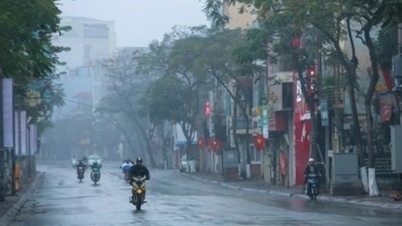








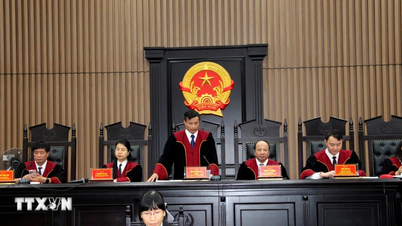





















































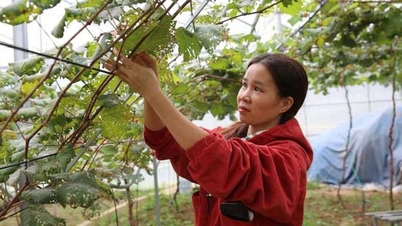
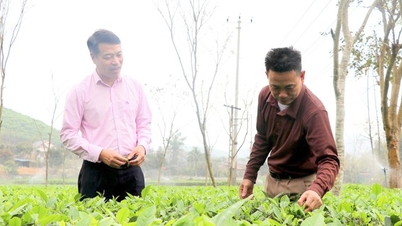


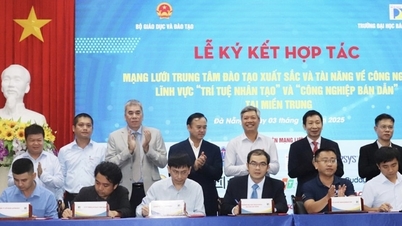







![Dong Nai OCOP transition: [Article 3] Linking tourism with OCOP product consumption](https://vphoto.vietnam.vn/thumb/402x226/vietnam/resource/IMAGE/2025/11/10/1762739199309_1324-2740-7_n-162543_981.jpeg)












Comment (0)